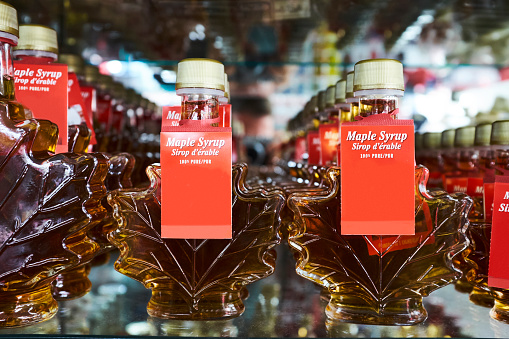Canadians are already well aware of the pleasure-inducing properties of maple syrup, but now there could also be youthful properties attached to it. Just think of it as maple vitae.

Scientists presented new research at the National Meeting and Exposition of the American Chemical Society this month that found maple leaf extract to be an effective ingredient in combating fine lines by inhibiting elastase, which is responsible for the breakdown of skin elastin.
WATCH BELOW: Producing your own maple syrup becoming a popular hobby

“We wanted to see whether leaf extracts from red maple trees could block the activity of elastase,” Hang Ma, associate director of the Bioactive Botanical Research Laboratory at the University of Rhode Island, said in the presentation.

What the results showed was an immediate tightening of the skin when the compounds were applied topically.
“You could imagine that these extracts might tighten up human skin like a plant-based Botox,” said Navindra P. Seeram, professor of biomedical and pharmaceutical sciences at the University of Rhode Island and the project’s principal investigator. However, unlike Botox, GCGs are applied topically and not injected.
READ MORE: 6 ‘greenwashed’ beauty labels explained
What’s more, previous research Seeram has conducted in this field has shown that maple extract is also effective in protecting skin from inflammation and targeting pigmentation. He also points out that the ingredient’s inherent botanical form is appealing to consumers looking for plant-based skincare solutions.
In a further boon to the discovery, Seeram pointed out, the extraction of the ingredient will directly benefit local farmers.
“Many botanical ingredients traditionally come from China, India and the Mediterranean, but the sugar maple and the red maple only grow in eastern North America,” he said to ScienceDaily.
Farmers who currently harvest the tree for syrup can also tap the leaves for extra revenue.
At the moment, the researchers have prepared a patent-pending formula containing GCGs and licensed it to a botanical extracts supplier in the hopes that it can be formulated for the cosmetics and dietary supplements sector.
For the time being, however, you can rest assured that our truly Canadian syrup is doing us more good than we previously thought.




Comments